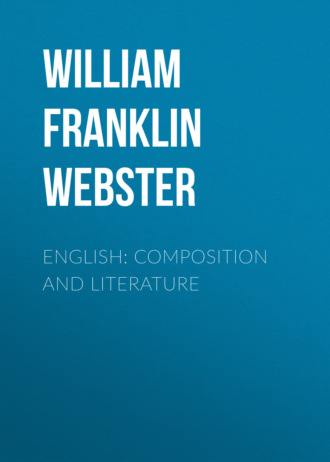English: Composition and Literature
 полная версия
полная версияEnglish: Composition and Literature
Жанр: учебная и научная литератураораторское искусство / риториказарубежная старинная литературазарубежная образовательная литератураизучение языкованглийский языкзнания и навыки
Язык: Английский
Год издания: 2018
Добавлена:
Настройки чтения
Размер шрифта
Высота строк
Поля

